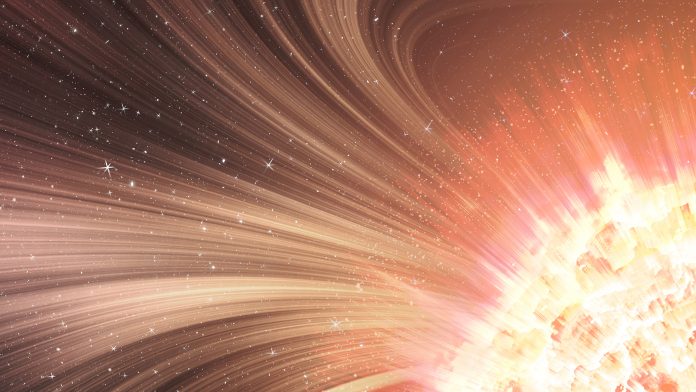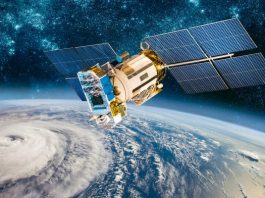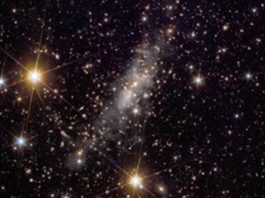In a significant scientific milestone, researchers have inched closer to unravelling the enigmatic origins of the ‘slow’ solar wind.
Thanks to data collected during the Solar Orbiter spacecraft’s initial close pass by the Sun, this new research provides groundbreaking insights into the formation of the solar wind, a phenomenon that has intrigued scientists for decades.
Understanding solar wind
Solar wind consists of a continuous stream of charged plasma particles emanating from the Sun, travelling at velocities ranging from hundreds to over 500 kilometres per second.
These streams are categorised into ‘fast’ solar wind, which exceeds 500 kilometres per second, and ‘slow’ solar wind, which falls below this speed.
When solar wind reaches Earth’s atmosphere, it can create mesmerising Northern Lights.
However, larger plasma releases, known as coronal mass ejections, can pose significant risks to satellites and communication systems.
Solar Orbiter: A cutting-edge scientific laboratory
Despite extensive observations over the years, the precise sources and mechanisms that propel solar wind plasma away from the Sun have remained elusive, particularly for the slower variant.
Launched in 2020 by the European Space Agency (ESA) with support from NASA, the Solar Orbiter mission aims to demystify these processes.
One of the mission’s key objectives is to trace the solar wind back to its origins on the Sun’s surface.
Described as the most sophisticated scientific laboratory ever sent to the Sun, the Solar Orbiter is equipped with ten different scientific instruments.
Some of these instruments collect and analyse solar wind samples in situ as they pass the spacecraft, while others capture high-resolution images of the Sun’s surface activities.
By integrating photographic and instrumental data, scientists have made unprecedented strides in pinpointing the origin of the slow solar wind.
The role of the Sun’s corona
The disparity in the speeds of the fast and slow solar winds is attributed to the different regions of the Sun’s corona from which they emerge.
The corona, the outermost layer of the Sun’s atmosphere, is divided into the ‘open’ and ‘closed’ corona.
The open corona features magnetic field lines that anchor to the Sun at one end and extend into space at the other, facilitating the escape of solar material and generating the fast solar wind.
Conversely, the closed corona comprises regions where magnetic field lines are anchored to the solar surface at both ends, forming large bright loops over magnetically active areas.
Occasionally, these loops break, allowing solar material to escape temporarily before reconnecting and re-establishing a closed loop. This breakage and reconnection typically occur where the open and closed corona meet.
Testing theories with Solar Orbiter
One of Solar Orbiter’s missions is to test the hypothesis that the slow solar wind originates from the closed corona and escapes through the process of magnetic field lines breaking and reconnecting.
The scientific team employed the spacecraft’s instruments to measure the ‘composition’ or makeup of the solar wind streams.
The composition of heavy ions in solar material varies depending on whether it comes from the hotter, closed corona or the cooler, open corona.
By analysing the solar wind streams collected by Solar Orbiter and correlating them with images of the Sun’s surface, the team confirmed that the slow wind streams originated from the region where the open and closed corona intersect.
This finding substantiates the theory that the slow solar wind can escape from closed magnetic field lines through the process of breaking and reconnection.
These groundbreaking observations mark a significant advance in understanding the mechanisms behind the slow solar wind.
As Solar Orbiter continues its mission, further data will likely provide even deeper insights into the dynamic processes governing our closest star and its influence on the Solar System.









